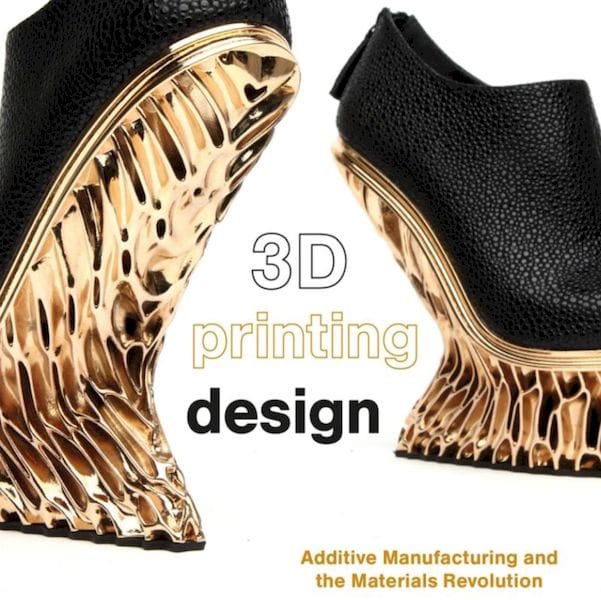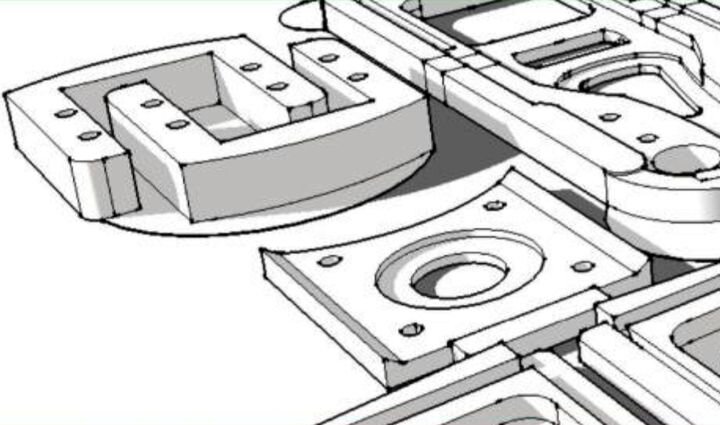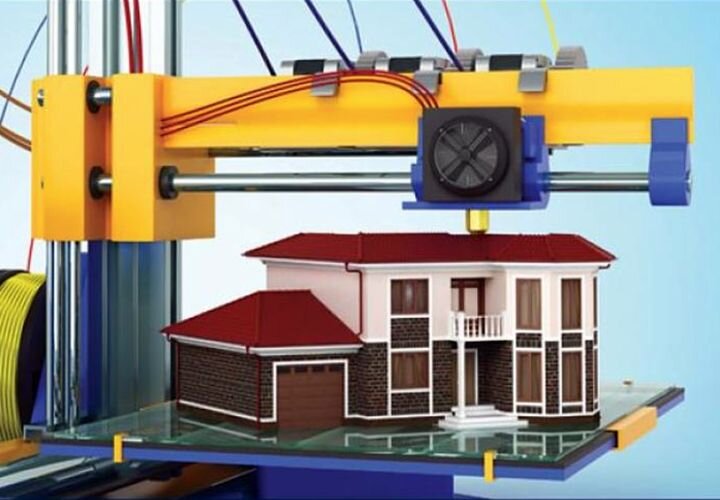![3D Printing Design by Francis Bitonti [Source: Amazon]](https://fabbaloo.com/wp-content/uploads/2020/05/image-asset_img_5eb092d20d07a.jpg)
This week’s selection is “3D Printing Design” by Francis Bitonti.
Readers of this publication may be quite familiar with Bitonti, as he’s been selected for our Design of the Week feature several times, as well as making his way into our pages in other ways. At one point he put on a training course for 3D printed fashion design. He’s marketed a highly unusual set of flatware, and explored generative software design.
That last point is important, as generative design is how much of Bitonti’s work seems to have been created. His Bristle Dress, for example, is a masterpiece of intricacy that could never have been developed by hand alone. With generative design, a 3D model evolves based on a series of input parameters. To adjust the design, tweak the input parameters and regenerate.
Complexity such as this is really only feasible for production using 3D printing technology, as the details are far more than can be produced either manually or with traditional making techniques. 3D printing when combined with generative design does open up an entirely new field of design possibilities.
Generative Design
Now Bitonti has released a new book, “3D Printing Design: Additive Manufacturing And The Materials Revolution”. From Amazon:
“To work with the materials of tomorrow, design students across visual arts disciplines need to understand the cutting edge of today. Whether you’re modelling in interiors, designing in fashion or constructing for interiors, in your work or as part of a final project, 3D Printing design is an encouraging guide to additive manufacturing within design disciplines.”
Computational Design By Bitonti
Bitonti explains the generative phenomenon with flair:
“For the first time ever, our tools for manipulating matter are linguistic and drive by the cultivation and replication of information. Language is now our hammer and saw, data our medium. This means product design, architecture and fashion design are now all linguistic actives, capable of benefiting from the distributed models we have seen in the Information Age.”
In all my years of observing and participating in 3D printing, I don’t think anyone has described the fundamental transformative nature of 3D printing in such a dramatic way. Bitonti is quite correct here. I’ve always said it’s the design that matters, not the actual object, but Bitonti says it in a much more elegant fashion.
Design Mind For 3D Printing
The book takes the reader through a very brief introduction to 3D printing and associated workflows, and then digs in deeper into the process Bitonti uses in the course of his design work. It’s a kind of “peek” into his design mind.
While this book isn’t for everyone, it should definitely be on the list for anyone remotely interested in designing for additive manufacturing. You’ll think quite a bit differently after reading this book.
Via Amazon











This week’s selection is “3D Printing Projects” by Dorling Kindersley, a.k.a. “DK”.